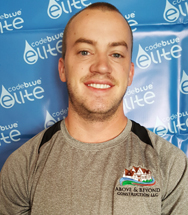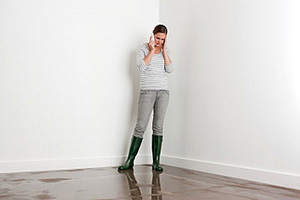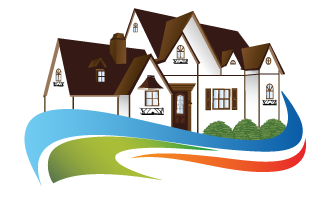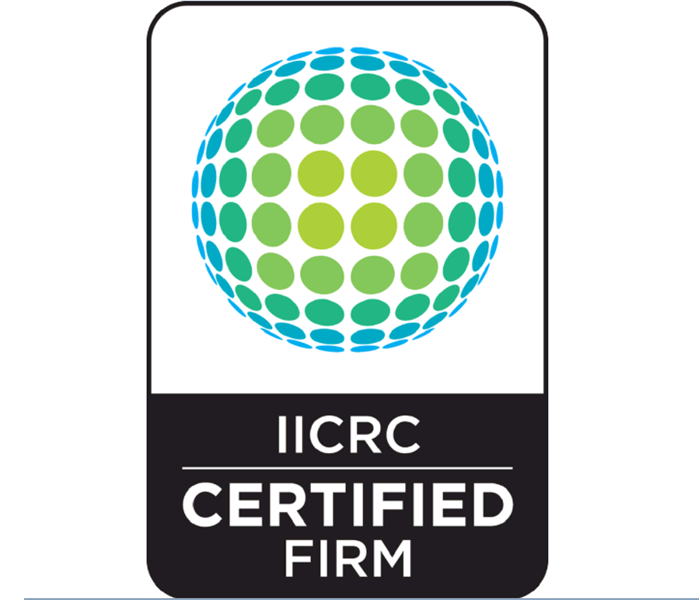-

Water Damage or Flooding Emergency? You’re in the right place, call us now!
- > Assured arrival within one hour after your call, 24/7 Emergency Service.
- > Speak directly to our Staff NOT an answering service.
- > We work with all insurance companies and will assist you in filing your claim.
- > We will walk you step-by-step through the entire process of getting your home back to pre-damage condition.
- > FREE estimates
Call now (702) 43-FLOOD (3-5663) -or- EMAIL US
The Dangers of Water Damage and What You Need to Know
There are Three Categories of Water Damage
According the IICRC (Institute of Inspection Cleaning and Restoration Certification), which sets the standards for the cleaning industry and water damage restoration training, there are several different levels and classes involved in liquid destruction. From the IICRC’s S-500 standards, there are three categories describing the type of liquid involved.
-

Category 1 – This is liquid from a clean and sanitary source, such as faucets, toilet tanks, drinking fountains, etc. But, category one can quickly degrade into category two.
Category 2 – This category of liquid used to be called grey water, and is described as having a level of contaminates that may cause illness or discomfort if ingested. Sources include dishwasher or washing machine overflows, flush from sink drains, and toilet overflow with some urine but not feces.
Category 3 – This is the worst classification and is grossly unsanitary. It could cause severe illness or death if ingested. It used to be called black water, and sources include sewer backup, flooding from rivers or streams, toilet overflow with feces, and stagnant liquid that has begun to support bacterial growth.
What to Do if You Experience Water Damage in Your Home or Business.
The IICRC offers these tips to clean up after flooding:
Use caution when entering buildings. Make sure electrical power is off and the structure is sound before entering and inspecting a flooded building. Small animals or reptiles may also seek shelter inside a structure, so be cautious when repositioning contents or removing materials.
Protect yourself. Wear an organic vapor respirator, available from paint or building supply stores, along with rubber gloves, eye protection and protective clothing. Ventilate affected areas by opening windows, and eventually, by placing a fan in a window. Work toward the fan as you clean to minimize cross contamination.
Know what items to throw away. Porous items that absorb contaminated flood water shouldn’t be restored. Drywall, carpet and pad, mattresses, pillows, box springs and particle board normally should be discarded if wet.
Wet clothing and many household fabrics may be salvageable. Machine washing, including at least a 10-minute soak in detergent and hot water, should remove most contamination and stains.
Open pockets of saturation. Remove base molding and portions of damaged walls and wet insulation. Locate the water line and measure 15 inches to 20 inches above it. Everything below that should be removed and discarded. Flooring, such as hardwood, laminate or sheet vinyl, should be removed to expose pockets of saturation underneath for cleaning, sanitizing and drying.
Clean aggressively. Wall cavities and exposed durable materials (studs, joists) should be cleaned by pressure washing with detergent solutions. After thoroughly cleaning and flushing salvageable materials, apply a disinfectant solution liberally. A water restoration professional may be needed to perform this service safely and effectively.
Prevent mold growth. Although it takes a few days to appear, mold thrives in a moist environment with organic material (e.g., paper or particle board), and temperatures between 68°F and 86°F. Keep air moving and maintain moderate temperatures as possible.
Dry out before you rebuild. To prevent dry rot and on-going structural damage, don’t reconstruct or cover wood materials until its moisture content falls below 16 percent. Moisture meters are available online, but it may be best to hire a water restoration professional to confirm proper drying before reconstruction.
Consider hiring a professional. A professional water damage restoration company has trained technicians, specialized cleaners and antimicrobial agents, and extraction, drying, dehumidifying and moisture measuring equipment.
Some Insurance Information about Water Damage.
What Will Your Home Insurance Policy Cover? (from About.com)
By Bobbie Sage
There is a lot of confusion about what types of water damage is covered under a home insurance policy. With so many home insurance mold claims being denied, home owners are left with a lot of questions when it comes to water damage to their home. Let’s take a look at what types of water damage is covered under your home insurance policy and what to do if water damage happens to your home.
Examples of What Types of Water Damage Your Home Insurance Policy Would Cover
Homeowner’s policies do not cover damages due to a flood, but they do cover other kinds of water damage. For example, they would generally pay for damage from rain coming through a hole in the roof or a broken window if the hole was caused by strong storm winds. On the other hand, if you have a hidden pipe leaking in your house and over time water damage occurs, that would not be covered. It pretty much boils down to whether the water damage was caused by a covered peril such as a storm… if the water damage was due to you not keeping your house maintained and repaired then your insurance would not cover it. If you don’t know what water damage is covered, review your home insurance policy or check with your home insurance company now, before any damage occurs.
Clean Up Your Water Damage to Avoid Mold
Regardless of how the water damage happened, it is important to take similar steps to remedy it. Never ignore indications of an obvious water problem in your home. You should immediately attempt to find and stop leaks at their source. When water leaks into your property, moisture can collect, allowing mold to develop. Mold can cause further damage to your property and can potentially cause health problems. The adverse health effects from mold exposure can range from runny noses, coughs, nosebleeds, congestion, and sinusitis to more serious upper respiratory ailments such as asthma or bronchitis. A lot of insurance companies are restricting mold damage, but some mold damage may be covered if it was caused by a covered peril. You should immediately report any water damage to your insurance agent.
When a Storm Causes Water Damage
If sudden water damage occurs to your property, such as with a storm, it is important to dry all wet areas and provide air circulation to aid in the drying process. Also, cover any areas with a tarp to prevent more water damage. Covering, drying, and dehumidifying wet areas can help minimize the possibility that mold will accompany water damage. Always contact your insurance agent immediately to start the home owners insurance claims process.
Gradual Water Damage
What do you do if you find water damage that indicates leakage over a period of time? Unfortunately, mold may have already developed and more than likely your claim would not be covered. In this case, attempting to clean up the mold may spread the mold spores, causing greater property damage or health problems. Mold can be dangerous to your health, therefore it is important that mold testing and cleanup be conducted by professionals as soon as mold is detected. Contact your insurance agent to see if any of your damage can be covered under your policy and contact a professional mold cleaning company.
As you can see no job is too big or too small, call us today!
See a few of the jobs we have worked on here.



